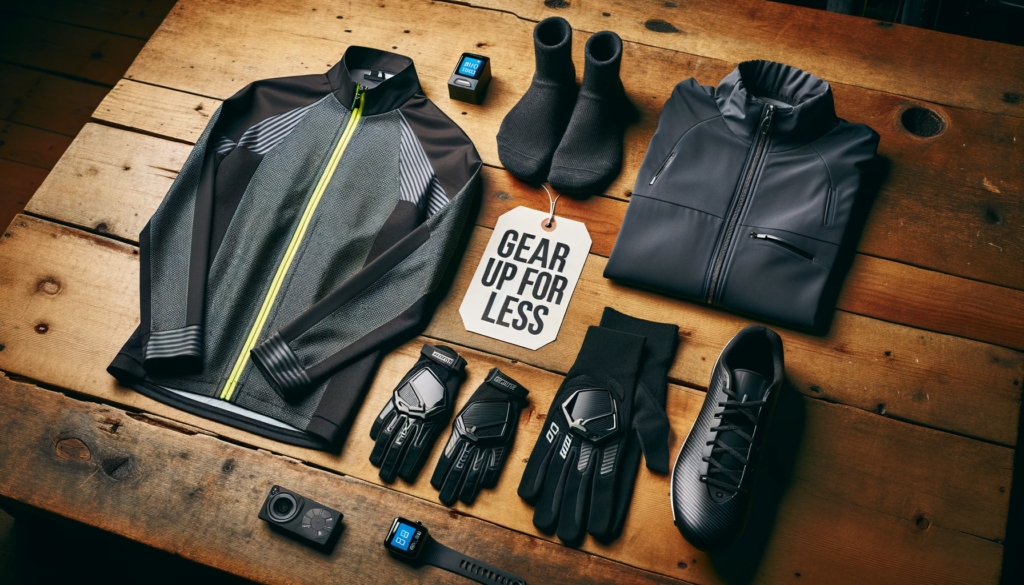Cargo bikes offer eco-friendly transportation and can navigate traffic easily, but they can be challenging to maneuver in tight spaces. Cargo bikes provide a sustainable solution for urban deliveries and personal transportation needs.
With the ability to carry heavy loads and bypass congested streets, they offer a convenient and efficient mode of transportation. However, their bulkiness and limited agility can be drawbacks when navigating through crowded areas or narrow pathways.Understanding the pros and cons of cargo bikes can help individuals make informed decisions about incorporating them into their daily routines.
Cargo Bikes In Urban Landscapes
Cargo bikes offer a sustainable alternative for urban transportation, reducing traffic congestion and emissions. They enable convenient, eco-friendly delivery and transport solutions.However, limited speed and capacity may pose challenges for larger loads and longer distances. Integrating cargo bikes into urban landscapes can enhance accessibility and environmental consciousness.
| Cargo Bikes in Urban Landscapes |
| Rising Popularity of Cargo Bikes |
| Cargo bikes are versatile for transporting goods and reducing carbon emissions. |
| They provide a sustainable alternative to cars in congested city centers. |
| However, navigating busy streets with cargo bikes can be challenging at times. |
| They promote a healthier lifestyle by encouraging physical activity during transportation. |
Benefits Of Cargo Bikes
- Cargo bikes offer a sustainable mode of transportation, reducing carbon emissions and promoting a cleaner environment.
- Cycling contributes to improved health and fitness, offering an eco-friendly alternative to traditional vehicles.
- By opting for cargo bikes, individuals can contribute to reduced traffic congestion in urban areas, promoting smoother traffic flow and reducing overall vehicular pollution.
- Additionally, cargo bikes offer economic advantages for users, as they eliminate the need for fuel and parking costs, making them a cost-effective transportation option.
Types Of Cargo Bikes

Cargo bikes come in various types, each with its own set of advantages and drawbacks.
- Two-wheeled cargo bikes are known for their agility and ease of maneuvering, making them suitable for navigating through narrow spaces.
- On the other hand, three-wheeled cargo bikes offer enhanced stability and a larger carrying capacity, making them ideal for heavier loads.
- Electric-assist cargo bikes provide the added benefit of motorized assistance, making it easier to transport goods over longer distances or uphill terrain. Each type of cargo bike has its own unique features, catering to different needs and preferences.
Challenges Faced By Cargo Bikes
Cargo bikes are a great alternative to traditional delivery methods and can help to reduce traffic congestion and air pollution. However, there are some challenges associated with using cargo bikes for commercial deliveries.
- Safety Concerns on Busy Streets: Cargo bikes are slower than motorized vehicles and can be difficult to maneuver in heavy traffic. This can be a safety concern for riders, especially on busy streets. It is important for riders to wear appropriate safety gear and follow traffic rules to minimize the risk of accidents.
- Limited Cargo Space and Weight: Cargo bikes have limited space and weight capacity, which can be a challenge when transporting large or heavy items. This can make it difficult for businesses to use cargo bikes for certain types of deliveries. It is important to carefully consider the type of cargo that will be transported before choosing a cargo bike.
- Weather Dependency and Comfort: Cargo bikes are exposed to the elements and can be uncomfortable to ride in extreme weather conditions. This can be a challenge for riders, especially during hot summers or cold winters. Businesses may need to consider alternative delivery methods during extreme weather conditions.
| Pros | Cons |
|---|---|
| Environmentally friendly | Limited cargo space and weight capacity |
| Reduced traffic congestion | Safety concerns on busy streets |
| Lower delivery costs | Weather dependency and comfort |
Impact On City Infrastructure
| Impact on City Infrastructure |
|---|
|
Cargo bikes have become an increasingly popular mode of transportation in cities around the world. They offer a number of benefits over traditional cars and trucks, including lower emissions, reduced traffic congestion, and improved health and fitness for riders. However, the growing popularity of cargo bikes also presents some challenges for city infrastructure. One major issue is the need for bike-friendly urban planning. Cities must invest in infrastructure such as bike lanes, dedicated parking spaces, and secure storage facilities to support the use of cargo bikes. Another challenge is finding adequate storage and parking solutions for cargo bikes. Cities may need to consider innovative solutions such as bike-sharing programs or shared storage facilities to accommodate the growing number of cargo bikes on the road. |
Business Use And Economic Impact

Cargo bikes have gained popularity in last-mile delivery due to their maneuverability and eco-friendly nature. They enable businesses to navigate through urban areas efficiently, reducing delivery times and costs.
This has a positive impact on local businesses and markets, allowing for quicker and more sustainable deliveries. However, challenges such as limited cargo capacity and weather dependency need to be considered.
Despite these drawbacks, the use of cargo bikes can lead to a reduction in traffic congestion and environmental pollution. Businesses must weigh the pros and cons carefully before integrating cargo bikes into their delivery operations.
Public Perception And Cultural Shifts
- Consumer Attitudes Towards Cargo Bikes: Many consumers are embracing the idea of using cargo bikes for transportation, recognizing their environmental and health benefits. The appeal of reducing carbon emissions and promoting a healthier lifestyle is influencing more individuals to consider cargo bikes as a viable alternative to traditional vehicles.
- Cultural Barriers and Endorsement: However, cultural barriers such as a preference for car ownership and limited infrastructure for cargo bikes pose challenges to widespread adoption. Endorsement from local governments and community influencers could play a crucial role in shifting public perception and overcoming these barriers, promoting the integration of cargo bikes into daily transportation choices.
The Future Of Cargo Bikes
| Pros of Cargo Bikes | Cons of Cargo Bikes |
| Environmentally friendly transportation option. | Can be challenging to navigate in crowded areas. |
| Cost-effective for transporting goods. | Requires physical effort to operate. |
| Help reduce traffic congestion. | May have limited storage capacity. |
Cargo bikes have seen technological advancements, making them more efficient and versatile. They have the potential for widespread adoption as a sustainable transport solution. Policies and government support play a crucial role in promoting the use of cargo bikes in urban environments.
Frequently Asked Questions
Is It Worth Getting A Cargo Bike?
Yes, getting a cargo bike is worth it for transporting goods and children efficiently, economically, and sustainably.
What Are The Advantages Of Cargo Bikes?
Cargo bikes offer eco-friendly transportation, reduce traffic congestion, and provide cost-effective delivery solutions. They promote physical activity and can access narrow spaces, making them versatile for urban areas.
Is It Difficult To Ride A Cargo Bike?
Riding a cargo bike is not difficult. It may take some practice to get used to the weight and size. Once you are comfortable, it becomes easy and enjoyable.
Can An Adult Sit In A Cargo Bike?
Yes, an adult can sit in a cargo bike comfortably, as most cargo bikes are designed to accommodate adults.
Conclusion
Cargo bikes offer eco-friendly transportation but may be challenging in hilly areas. Consider your needs and terrain before investing. Overall, the best cargo bikes provide a sustainable and convenient option for urban dwellers. Make an informed decision based on your lifestyle and location.
Explore the benefits and drawbacks before deciding.




